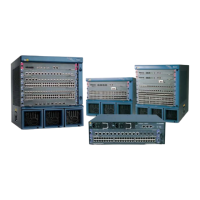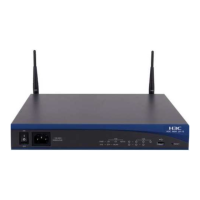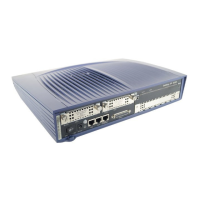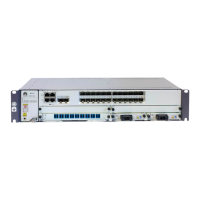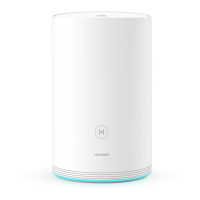5.1 Introduction to VLL
A Virtual Leased Line (VLL) emulates the traditional leased line on the IP network, and provides
asymmetric and low-cost digital data network (DDN) services. For users on both ends of a VLL,
the VLL is similar to the traditional leased line. As a point-to-point virtual private line
technology, VLL supports nearly all link layer protocols.
Traditional VPNs are based on Asynchronous Transfer Mode (ATM) or Frame Relay (FR) ,
where different VPNs can share the network structure of carriers. Traditional VPNs have the
following disadvantages:
l Dependence on special media (such as ATM or FR): The carriers must establish ATM
networks or FR networks for ATM-based or FR-based VPNs across the country. This is a
waste of network construction.
l Complicated VPN structure: when a site is added to an existing VPN, it is necessary to
modify the configuration of all the edge nodes that access the VPN site.
To avoid the preceding disadvantages, new solutions are introduced. Virtual Leased Line (VLL)
based on Multiprotocol Label Switching (MPLS) L2VPN is one of the solutions.
NOTE
VLL in this chapter refers to VLL based on MPLS L2VPN, unless otherwise specified.
The VLL provides Layer 2 VPN services on the MPLS network. It allows the establishment of
L2VPNs on different media including VLAN, Ethernet. At the same time, the MPLS network
provides traditional IP services, MPLS L3VPN, traffic engineering and QoS.
The VLL transfers Layer 2 data of the user transparently on the MPLS network. An MPLS
network is a Layer 2 switching network on which used to establish Layer 2 connections are
established between nodes.
Compared with BGP/MPLS VPN, VLL has the following advantages:
l High scalability: The VLL establishes layer 2 link relationships. It does not import and
manage the routing information of the user. It significantly reduces the load of the PE device
and SP network. This enables the carrier to support more VPNs and more users.
l Reliability and guaranteed security of private routing information: The VLL cannot obtain
and process VPN routing information because it is not imported.
l Support for network layer protocols such as IP, IPX, and SNA.
Figure 5-1 shows the model of VLL.
Figure 5-1 VLL model
PECE
CE
Tunnel
PE
MPLS Network
AC
AC
VC
Quidway S7700 Smart Routing Switch
Configuration Guide - VPN 5 VLL Configuration
Issue 01 (2011-07-15) Huawei Proprietary and Confidential
Copyright © Huawei Technologies Co., Ltd.
448
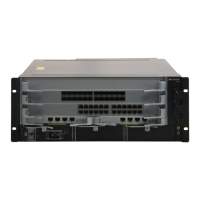
